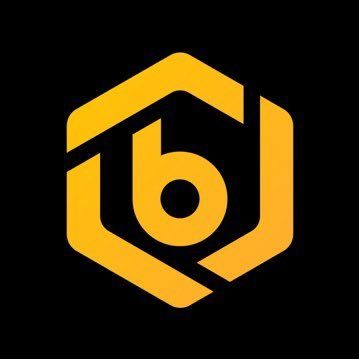Latest Crypto News
Trending now

How a $300 Million Crypto Scheme Linked a Crypto Kingpin to Spain’s Far Right
- Spanish police arrested Álvaro Romillo Castillo, known as “Cryptospain,” for leading a $300M pyramid scheme that deceived 3,000 investors.
- Castillo's Madeira Invest Club posed as an exclusive fund in crypto and luxury assets but funneled money through offshore accounts and shell firms.
- The probe exposed Castillo’s alleged $115K crypto donation to far-right leader Luis Pérez Fernández, sparking scrutiny over campaign funding.

From Fragmentation to Connectivity: Gate SuperLink’s Role in Institutional Finance
A Conversation with Addis Hu, Global Head of Institutional Business at Gate Institutional money is no longer testing the waters, it’s now diving in. In less than two years, BlackRock’s spot Bitcoin ETF (IBIT) has climbed toward $100 billion AUM, with pensions and multi-strategy hedge funds now visible in 13F filings. CME’s regulated crypto suite

Why Won’t Ripple Go Public? US Midterms Might Be The Reason
- Ripple stays private after a $500M raise, leveraging its $40B valuation and strong reserves to avoid IPO-related scrutiny.
- Leadership cites US regulatory uncertainty and 2026 midterm shifts as key factors in delaying a public listing.
- The company’s cautious stance reflects a strategy to await a crypto-friendlier political climate before pursuing an IPO.

Exploring Tomorrow: Global FinTech in 2035
The year 2035 is not merely another date on the calendar; it is the inflection point where the promises of blockchain, Artificial Intelligence, and immersive digital environments fully converge with traditional finance. We are moving beyond simple digital transactions and towards a programmable, transparent, and hyper-personalized global economic system. The questions are no longer if
dYdX × THORWallet Trading Event

Sunny Mining Launches Cloud Mining Services With Daily Settlements For BTC, ETH, And XRP Users
In the cryptocurrency investment landscape of 2025, stable passive income is gaining increasing attention. For investors holding XRP (Ripple), BTC (Bitcoin), and ETH (Ethereum), in addition to price appreciation, the key to continuous asset growth lies in generating daily returns. The Sunny Mininig cloud mining platform is based on this concept, providing automated mining services

Best Crypto Staking Platforms in the US 2026
Find the best platforms to stake crypto in the US. Compare rewards, safety, and regulation to choose the safest way to earn passive income.
Deposit, Trade and Earn Challenge

Japan’s Financial Regulator Unveils Dual Measures for Crypto Innovation and Oversight
- Japan’s Financial Services Agency launched the Payment Innovation Project on November 7, 2025, letting major banks jointly test blockchain-based stablecoin issuance.
- The FSA simultaneously advanced stricter rules for crypto lending and set investment limits for initial exchange offerings to protect investors.
- Japan’s approach balances digital payment innovation with robust regulatory oversight.

Bitcoin ETFs $2 Billion Outflows Could Push BTC Into Capitulation
- Bitcoin trades at $101,274 as $2 billion in ETF outflows pressure prices and test investor conviction near the key $100,000 psychological support.
- Spot ETF withdrawals highlight waning institutional demand, with Bitcoin’s supply in profit slipping to 71%, raising the risk of market capitulation.
- If BTC falls below $100,000, it could test $98,000–$95,000, while renewed inflows could spark a rebound toward $105,000 and $110,000.
Get a Chance to Win €4,500 in Gold

Elixir Shuts Down deUSD Stablecoin After Stream Finance’s $93 Million Loss
- Elixir is sunsetting its deUSD synthetic stablecoin after Stream Finance’s $93 million loss.
- The platform has processed 80% of redemptions and will coordinate remaining claims.
- Around 90% of deUSD supply remains held by Stream, which has yet to repay its positions.

TON Foundation Launches MemeRepublic: A Transparent, On-Chain Arena for Memecoin Trading and Liquidity
TON Foundation has officially launched MemeRepublic, introducing a new frontier for memecoin enthusiasts, traders, and liquidity providers to compete, collaborate, and earn in an ecosystem built entirely on transparency. With a $1,000,000 Memecoin Fund dedicated to powering on-chain activity, MemeRepublic aims to supercharge memecoin trading across major decentralized exchanges (DEXs) and create a sustainable, community-driven




